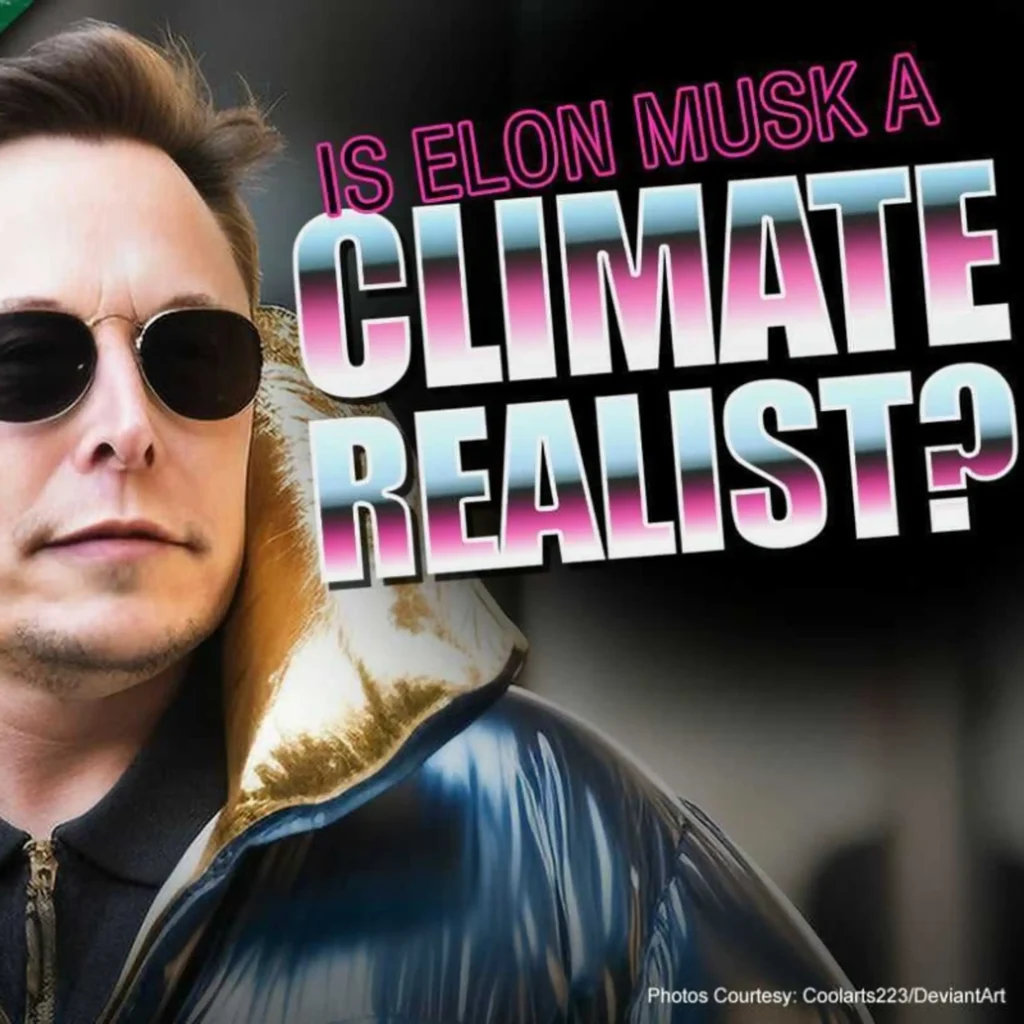It’s said that the most dangerous place in the world is between a politician and a camera. The same could be said about getting between trial lawyers and the courtroom.
The rush to the courts is under way, triggered by two recent rulings allowing global warming claims to go forward against energy defendants for their emissions of carbon dioxide. A third such ruling may be coming soon, even though it becomes more obvious every day that man-made global warming is a myth and such lawsuits are frivolous.
But plaintiffs’ lawyers love these suits because the financial stakes — and their contingent fees — are potentially enormous.
• In the first case, plaintiffs want defendant utility plants ordered to reduce their carbon dioxide emissions in a wide area of the Northeast. The New York federal appellate court ruled in September 2009 that this regulation-by-judge case could go forward, even though the Environmental Protection Agency is considering such regulations as well.
• In the second case, plaintiffs allege that global warming caused by utilities’ carbon dioxide emissions increased the ferocity of Hurricane Katrina. The class action seeks payment of all property damages in the storm area. The federal appellate court in New Orleans ruled in October that this case could go forward.
• In the third case, in San Francisco, an Alaskan Indian tribe alleges that its village will be destroyed by rising sea levels as glaciers melt due to global warming. The village seeks reimbursement of relocation costs from the energy and power company defendants. The trial court dismissed the case, but reversal is expected.
These cases are troubling. They are complex and expensive to defend, the potential damages are enormous, and the costs of any recoveries will be passed on to consumers if the plaintiffs win.
Carbon dioxide is an important greenhouse gas. These gases form a stratospheric layer that helps trap heat in the Earth’s atmosphere and warms the globe. They keep all of us from freezing.
Carbon dioxide enters the atmosphere from a variety of natural and man-made sources. Still, the total amount of carbon dioxide in the atmosphere is just over 300 parts per million. Emissions from any source, anywhere in the world, distribute themselves fairly evenly around the globe.
And that is the big problem for global warming litigation. Plaintiffs must link gases from the named defendants to the exact global warming causing harm. They can’t do this. But the bigger problem is the continuing disintegration of the science underlying global warming alarmism.
Recent revelations concede that no statistically significant global warming occurred in the past 15 years. Data supposedly proving an increase in global temperatures have been revealed to have been manipulated or falsified, and contrary data squelched. Temperature measurements from monitoring stations in the Arctic and Russia have been deleted. Hurricanes have decreased in frequency and ferocity. The glaciers are not melting.
But most significantly, a key alarmist scientist admitted it was possible that global temperatures in medieval times were warmer than today — a situation which would totally discredit the claim that global warming is caused by human activity.
The “science” grows demonstrably more bogus every day. Federal judges have the power right now to get rid of cases based on flimsy evidence. They can ban “junk science” like that involved in the New York, New Orleans and Alaska cases, and fine plaintiffs for bringing frivolous litigation.
Judges should not hesitate to use these tools to get rid of these cases promptly. The defendants, their shareholders and all of us who buy electricity and gasoline will be better off.
Martin, an attorney, is senior fellow for legal affairs at the Heartland Institute.




